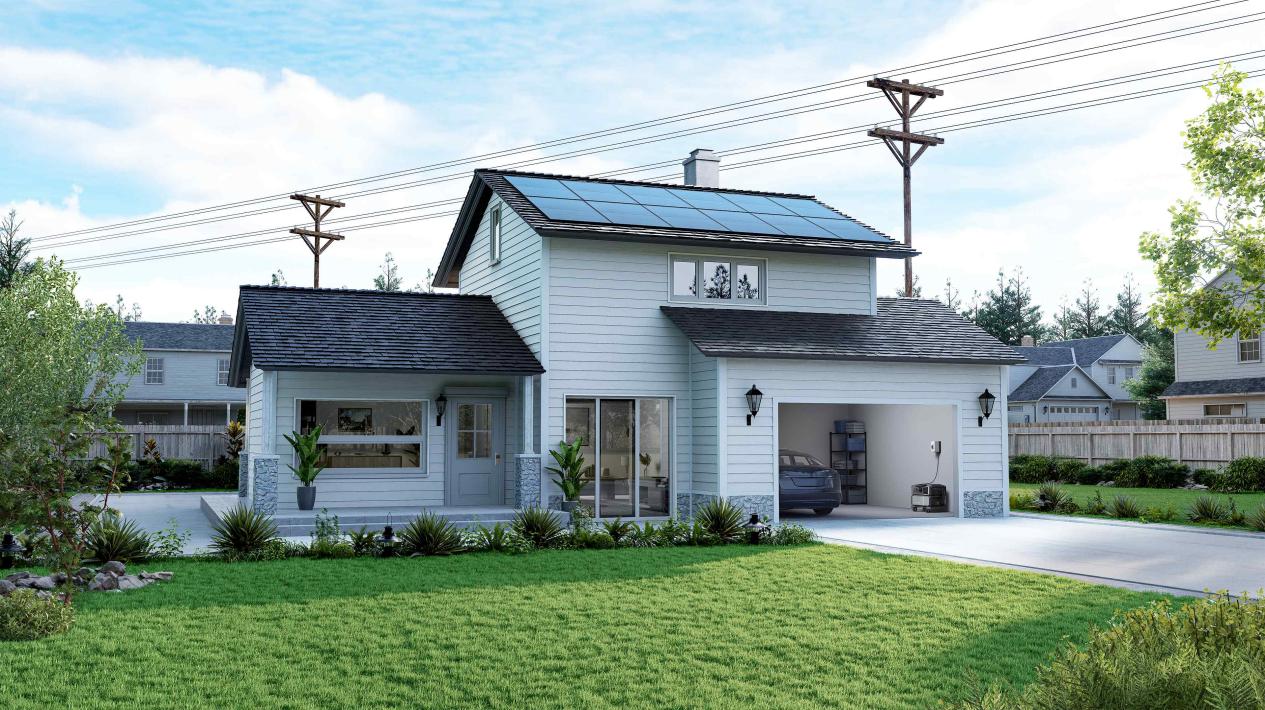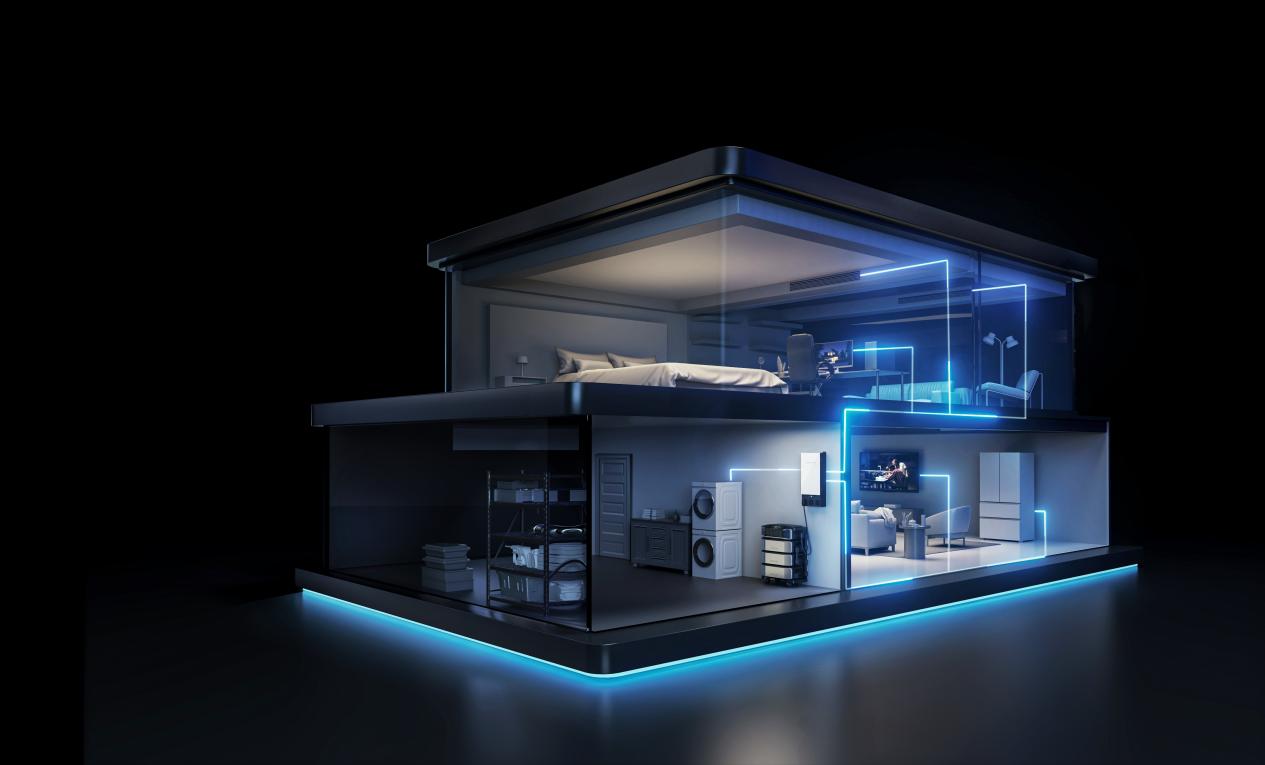The True Cost of Owning a Home Battery Backup System Over 5 Years
When you see the price on a home battery backup system, you probably think "that's too much money." Yes, buying one costs a lot at first. But here's what most people don't think about: what you'll actually spend over five years is about way more than just buying the thing. You'll spend some money keeping it running and maybe fixing it once or twice, but you'll also save a ton on your power bills and feel way better when the lights go out.
What You Pay When You Buy It
The Real Money You'll Spend
Most people end up paying between $6,000 and $18,000 to get a home battery system put in and working. That's a big spread because it depends on things like how big your house is, how much electricity you use, and what kind of system you pick. In early 2022, the average installation cost was around $17,139.
Here's where that money goes:
The battery box itself: $3,000 to $15,000
Getting someone to install: $3,000 to $10,000 or more
Paper work and permits: A few hundred dollars
Optional sub-loads panel (if your house needs it): $1,000 to $2,000
But here's something good: these things get cheaper every year. More people buy them (14.36% annual growth rate in the market), so companies make more of them, which brings the prices to drop. This means your system will probably start saving you money faster than if you bought one a few years back.
Why Getting the Right Size Saves You Money
Picking the right battery size is really important, and it's not just about having enough juice when the power goes out. Get one that's too small and it won't run the stuff you need when there's no power. You'll end up buying expensive electricity when rates are sky-high.
Get one that's too big and you're wasting money on power storage you'll never use. But there's another big reason to get the size right: batteries work way longer when they don't get pushed too hard. When your system fits what your house actually needs, the battery doesn't get stressed out and lasts as long as it should.
Why You Should Pay Someone Else to Install
You might think about putting it in yourself to save money. Here's why that's usually not smart:
The people who do this for a living know all the safety rules and how to hook things up right. They connect your system to your house's main power box and the power lines outside the safe way. If you mess up doing it yourself and something breaks or catches fire, your house insurance might not pay for it. That could cost you way more than just paying someone who knows what they're doing.


What You Spend Every Year After
Keeping Your System Happy
Today's batteries don't need much work, but they do need some care. Plan to spend about $150 to $300 each year for:
Having someone look at your system
Updating the computer stuff that runs your battery
Making sure everything still works like it should
Keeping connections tight and clean
This little bit of money each year protects the big money you already put in. Don't do it and you might face big repair bills later.
How Long Your Battery Keeps Going
The battery costs the most out of everything in your system, so you want to know how long it'll work. Most houses today get Lithium Iron Phosphate batteries (fancy name, but they're just the best ones you can buy right now). These usually work great for 10 to 15 years. They can fill up and empty out over 4,000 times before they start getting weak.
Here's what makes your battery last longer or shorter:
Don't let it get too hot or cold: Batteries like temperatures between 32°F and 77°F. Hot weather kills them faster.
Don't drain them all the way: Try to keep at least 20% power left whenever you can.
Let the smart stuff work: Good systems stop the battery from getting too full and take care of it by themselves.
Buy the good stuff: Better systems have protection built in that keeps your battery healthy for years.
Other Stuff That Might Break
Everyone talks about batteries, but other pieces can break too:
- Inverters change the stored power into the kind your house uses. They usually last 10 to 15 years.
- Charge controllers handle power coming from solar panels. Good ones work for 10 to 15 years or more.
- Small repairs like fixing loose wires usually cost $100 to $400.
Get systems where you can easily replace parts when they wear out. This keeps what you'll pay later nice and low.
Where You Actually Save Money
Making Your Power Bill Way Smaller
This is where these battery systems really pay you back. Using them smart can cut your power bill by up to 50%. Here's how:
- Beat the price game: Most power companies charge you more when everyone's using power (usually late afternoon and evening). Your battery fills up when power is cheap (like middle of the night) and runs your house when prices go up.
- Keep your free solar power: If you have solar panels, your battery saves extra power instead of selling it back to the power company for almost nothing. Then you use that free power when the sun goes down.
- Skip the extra fees: Some power companies charge extra if you use lots of power when everyone else does. Your battery helps you avoid those fees.
Say you usually pay $200 a month for power. With a smart battery, you might get that down to $100 or $120. That puts $1,200 to $1,440 back in your pocket every year.


Not Getting Stuck When the Power Goes Out
The power goes out way more now and stays out way longer. The average time without power went from 3.5 hours in 2013 to over 7 hours in 2021. Bad weather causes most big outages, and we keep getting worse storms.
Government people who study this stuff warn that power problems could get much worse by 2030. When your power dies, you lose money in ways you might not think about:
- Can't work from home or get to work
- Food and medicine goes bad in the fridge
- Have to stay in hotels during long outages
- Buy gas for generators and keep them running
A home battery keeps you safe from all these money problems. Studies show that when more people in a neighborhood have backup power, everyone loses less money when the lights go out.
Making Your House Worth More Money
More people looking to buy houses want homes that can handle their own power. Having a battery system already there makes your house look better and adds real value. This makes the money you spent on the battery system a smart move for the long run.
Smart Ways to Spend Less
Government Money Back Won't Last Forever
Right now, the government gives you back 30% of what you spend on your system when you do your taxes. This works for any battery that can store at least 3 kilowatt-hours of power, and there's no limit on how much you can get back.
Don't wait: You have to get your system installed and working before January 1, 2026. Wait too long and you could lose thousands of dollars you could have gotten back.
Look for Local Money Back Too
Lots of states and local power companies give you extra money back. California has programs that pay people to put in batteries, especially if you live where fires happen a lot. Some power companies give back $5,400 or more for the right systems.
Check what's available where you live. These programs can make your system cost way less.
Pick Systems That Keep Working
Don't just buy the cheapest one. Look for systems that have:
Smart features that handle power use by themselves
Parts you can add more to later if you need more juice
Good promises that cover everything if it breaks
Safety stuff and parts you can count on
EcoFlow: Smart Home Backup That Pays for Itself
Stop worrying about power outages and skyrocketing electricity bills. The EcoFlow DELTA Pro Ultra delivers reliable home backup power while actually saving you money.
Why EcoFlow Makes Financial Sense: You'll pay 75% less upfront compared to traditional solar battery systems, with payback in just 2.5 years. After that? Pure savings on every electric bill.
Power When You Need It: This isn't just emergency backup – it's whole-home power. Run your AC, refrigerator, and all essentials during outages with 7.2kW output (expandable to 21.6kW). The 20ms switchover is so fast you won't even notice the lights flicker.
Grows With Your Needs: Start small at 6kWh and expand up to 90kWh as your family grows. The modular design means you're never stuck with too little or too much capacity.
Set It and Forget It: Smart AI manages your energy automatically, charging during cheap off-peak hours and using stored power when rates spike. Solar panels? They'll charge your system in just one hour of sun.
Built to Last: Advanced battery technology means decades of reliable service, not costly replacements every few years.
What It All Means for Your Money
Over five years, a good home battery system pays for itself and then keeps putting money in your pocket. With power bill savings of $900 to $1,500 every year, keeping you safe from power outages that keep getting worse, and government tax money back that won't last much longer, these systems make sense for your wallet.
The key is picking a system that doesn't cost too much up front but will keep working for years. Add in feeling good when storms hit, keeping your family comfortable no matter what happens, and dealing with power problems that keep getting worse, and a reliable home battery system like Ecoflow's is really about taking control of your power and your money.